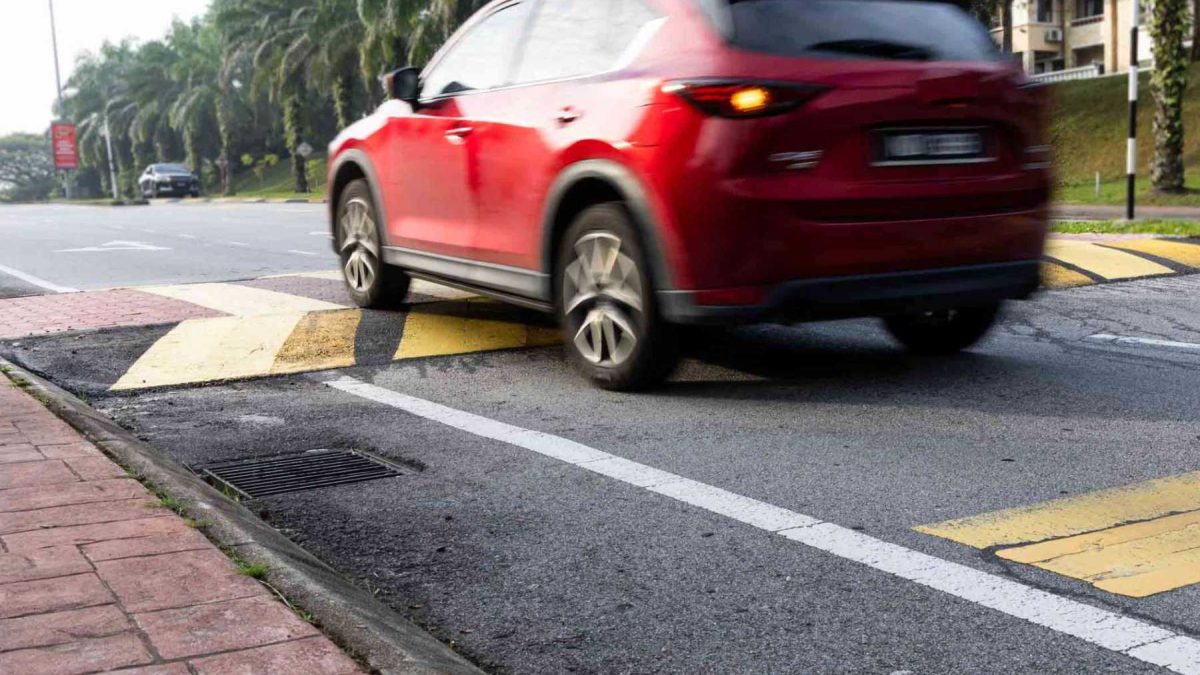
Road Demarcations in Pop Culture
More Than Just Lines on the Asphalt
When we think of pop culture – movies, music, literature, and art – seldom do road demarcations, such as lane markers or parking bay demarcations, come to mind.
Yet, these seemingly mundane aspects of our daily lives have etched their presence profoundly in the collective artistic conscience. They serve as powerful symbols, backgrounds to dramatic events, and even as metaphors for broader societal narratives.
Film & Television: Where Roads Set the Scene
Cinema has a love affair with roads. From car chases to contemplative journeys, the road’s expanse is cinematic gold. Think of the iconic scenes in films like “Thelma & Louise” where the endless stretches of highway serve as a symbol of freedom, escape, and ultimately, fate. But look closer, and you’ll notice the details – the central divider lines that zoom past in a blur or the parking bay demarcation in urban settings where critical dialogues unfold.
In urban dramas or comedies, characters often have significant interactions in parking lots. The parking bay demarcation isn’t just a guide for where to place your vehicle; it’s a boundary, a personal space, and when someone oversteps or parks incorrectly, it’s often used as a comedic or dramatic device. Such demarcations have witnessed proposals, breakups, secretive exchanges, and heated confrontations, turning them into more than mere paint on the asphalt.
Literature: Marking Metaphors and Memories
In literature, roads often carry a symbolic weight. They represent journeys, transitions, and passages of time. Road demarcations, subtly included, can symbolize order amidst chaos, boundaries, or the idea of staying within one’s lane, both literally and metaphorically.
A novel might describe a character’s memory of learning to drive, the anxiousness of staying between the lane markers, and the relief of correctly positioning the car within the confines of a parking bay demarcation, capturing the universal nervousness of a new driver. In such scenarios, these markings aren’t just guiding lines on the road but markers of growing up, of independence, and of new responsibilities.
Music: The Rhythms of the Road
Musical lyrics frequently romanticize the road – the freedom, the escape, the journey. Bruce Springsteen’s “Born to Run” or Tracy Chapman’s “Fast Car” are testaments to this allure. However, within these broader themes, there’s an acknowledgment of the rules, the paths defined by demarcations.
Imagine a song lyric emphasizing a departure from the known, “Leaving the comfort of the parking bay, chasing dreams on the open freeway.” Here, the parking bay demarcation symbolizes the familiar, the safe, and the routine, while the open road is the uncertain adventure that lies ahead.
Music has always found inspiration in the journey, and the road often serves as the perfect metaphor for life’s ups and downs, joys and sorrows. Beyond the two previously mentioned songs, here are more examples from various music genres that resonate with themes of the road, travel, and movement:
- “On the Road Again” by Willie Nelson:
- This classic song is about the sheer love of touring and the freedom of the open road. It’s a celebration of life on the move, with the lines on the highway serving as constant companions.
- “Highway to Hell” by AC/DC:
- While the title might suggest danger, the song itself is an ode to the hard life of touring and the adventures found on the road.
- “Hit the Road Jack” by Ray Charles:
- This iconic song, while more about a break-up, uses the metaphor of the road to signify parting and moving on.
- “Route 66” by Nat King Cole (and covered by numerous artists):
- This is a musical journey in itself, listing various cities along the famed U.S. Route 66. The road is not just asphalt and demarcations; it’s a series of stories and destinations.
- “Go Your Own Way” by Fleetwood Mac:
- This song speaks about independence, breaking free, and choosing your path. While not exclusively about roads, the notion of going your own way can be linked metaphorically to the idea of choosing your lane or path in life.
- “Life is a Highway” by Tom Cochrane (later covered by Rascal Flatts):
- This song directly compares life to a highway, emphasizing the long stretches, the bumps, the slow and fast lanes, and the adventures it brings.
In many of these songs, while road demarcations or specific details like parking bay demarcations may not be explicitly mentioned, they’re inherently there in the background. They provide structure to the journey, representing constants in a world of change, guiding travelers safely as they navigate the stories and emotions these songs convey. Whether it’s the joy of driving down Route 66, the introspection of a solitary drive, or the metaphorical roads we choose in life, the rhythms and lyrics capture the essence of movement, journey, and change.
Art: Drawing Perspectives
Visual arts, especially street photography and urban landscapes, capture the aesthetics of road demarcations beautifully. The contrast between the black asphalt and the stark white or yellow of road markings can be visually arresting.
Furthermore, consider an art piece depicting an overhead view of a busy city parking lot. The maze of parking bay demarcations, orderly yet filled with vehicles of various sizes, some perfectly within bounds, others transgressing their limits. Such a piece could be a commentary on societal order, individuality, and the chaos of urban life.
Fashion: Wearing the Streets
Recently, streetwear, a fashion genre inspired by urban culture, has gained prominence. It’s not unusual to see clothing items imprinted with urban motifs, including road signs and demarcations. A T-shirt with a stylized design of a parking bay or lane markings not only captures an urban aesthetic but also resonates with a generation that finds identity in the city’s hustle and bustle.
Parking bay demarcations
In the vast landscape of pop culture, it’s the finer details, like road demarcations, that often add depth and layers of meaning. They might seem mundane, but these lines on our roads – from the swiftest highway lanes to the defined spaces of parking bay demarcations – hold stories, metaphors, and memories. They have silently borne witness to countless moments of our collective cultural journey, and their subtle imprint on the arts is a testament to their understated significance.













